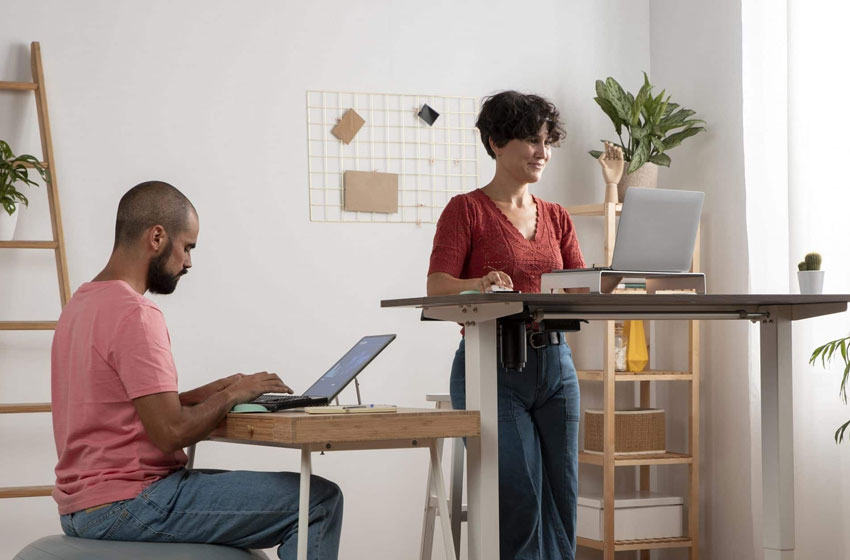Screen Apnea-The Silent Strain of the Digital Age and How to Counter It

You’re skimming through a barrage of emails, toggling between tabs, and perhaps also sneakily glancing at your smartphone. Amidst this high-wire act of modern multitasking, you might not even notice you’ve stopped breathing. Yes, you heard right: you’ve become another unwitting participant in the pervasive, yet barely noticed phenomenon called “screen apnea.”
What is Screen Apnea?
Screen apnea is a term coined to describe the tendency to hold one’s breath or breathe shallowly when engrossed in screen-based activities. Whether it’s while checking emails or scrolling through social media, the action – or rather inaction – of breathing takes a back seat, leading to a host of problems such as increased stress levels, cognitive impairments, and even long-term health issues.
The Consequences
Oxygen is vital for optimal brain function. Reduced oxygen flow due to shallow breathing can cause brain fog, decreased concentration, and increased stress, perpetuating a vicious cycle that can affect your productivity and well-being. Over time, habitual screen apnea may contribute to health issues like hypertension, chronic stress, and cardiovascular diseases.
Tips for Keeping Screen Apnea at Bay
Take Breaks
The easiest, yet most effective way to deal with screen apnea is to take regular breaks. Use the 20-20-20 rule: every 20 minutes, look away from the screen and focus on something 20 feet away for at least 20 seconds. This brief interlude can also serve as a reminder to take deep, conscious breaths.
Deep Breathing Exercises
Incorporate deep breathing exercises into your daily routine. Methods like the 4-7-8 technique, where you inhale through the nose for 4 seconds, hold the breath for 7 seconds, and exhale through the mouth for 8 seconds, can be particularly effective.
Mindfulness and Meditation
Engage in mindfulness or meditation practices to train your body to breathe naturally and deeply, even when you’re engrossed in digital tasks. Several apps and online resources can guide you through these techniques.
Physical Cues
Place physical reminders around your workspace. A sticky note on your computer screen or a smartwatch that vibrates every so often can serve as a nudge to check in with your breathing.

Ergonomics Matter
An ergonomic workspace can make it easier to maintain a healthy posture, which in turn supports proper breathing. Ensure your computer screen is at eye level and your feet are flat on the floor to allow for more natural breathing patterns.
Take the First Breath
Screen apnea is an insidious phenomenon that creeps into our lives almost unnoticed. It’s high time we paid attention to this under-the-radar issue affecting both our immediate performance and long-term health. So the next time you find yourself deep in the digital labyrinth, remember to pause and take a breath-because sometimes, that’s all you need to find your way.







